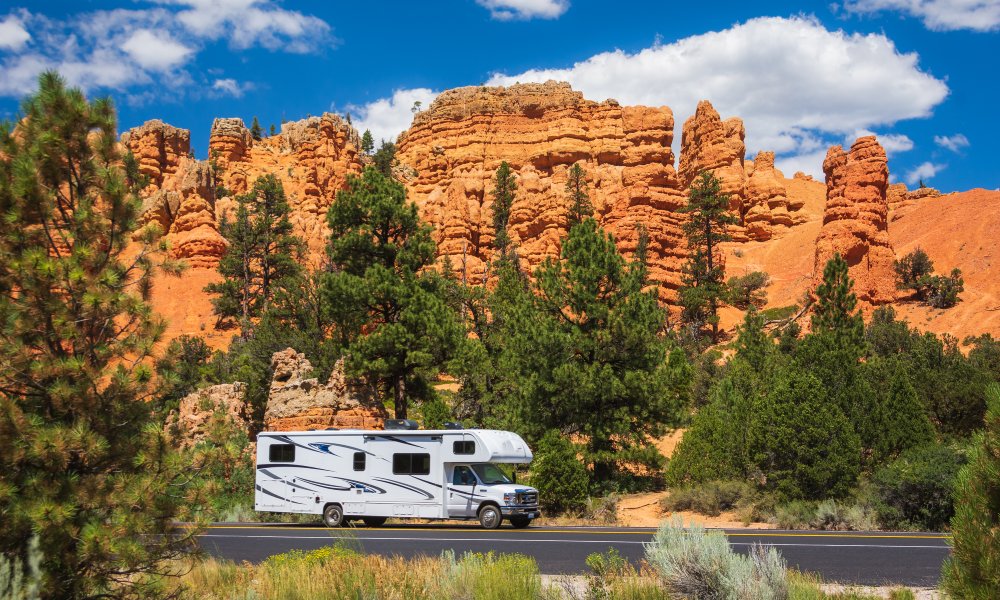RVing across America’s breathtaking parks is a dream for many. However, before you hit the open road, you must familiarize yourself with the regulations and hazards of RVing in national parks. Being knowledgeable can help you make the most of your experience.
Regulations To Keep in Mind When RVing
National parks have specific rules when it comes to RV camping. They may have different regulations on RV sizes, campsite reservations, renewable energy requirements, and waste disposal.
Size Restrictions
Many national park campgrounds cannot accommodate large RVs. Campsites often have limits on size, so always check ahead of time. For example, Yellowstone National Park limits RVs at most sites to 40 feet in combined length (vehicle plus trailer).
Make Reservations
Summer is peak season for national parks, and campsites are in high demand. Reserve your spot early, as many sites fill months ahead of time. First-come, first-served sites are available in some areas, but they’re a gamble during high-traffic periods.
Leave No Trace
Dispose of waste responsibly. Familiarize yourself with nearby dump stations, and don’t overlook gray water regulations. Parks like Yosemite prohibit dumping waste in undesignated areas, and breaking these rules brings hefty fines.
Bracing for Hazards While on the Road
The wilderness poses unique challenges for RVs that adventurers might not anticipate. Here’s what you need to prepare for.
Wild Animals
National parks are home to wildlife like bears and deer. Always store food securely to avoid attracting animals. Leaving food or trash outside your RV could lead to frightening encounters or worse.
Unpredictable Weather
Weather can change quickly in many parks. Thunderstorms roll through mountainous regions like the Great Smoky Mountains, while desert parks like Arches National Park can reach sweltering temperatures. A well-prepped RV with reliable features and emergency supplies is essential.
Narrow, Winding Roads
Shenandoah is considered one of the best national parks on the East Coast for its breathtaking landscapes, but it also presents unique driving challenges. Its winding roads and steep grades require careful navigation, especially for those driving RVs. Stick to marked routes, travel at slower speeds, and avoid paths unsuitable for oversized vehicles in places like these.
Tackling Misconceptions About RVing
Here’s a commonly debunked RVing myth to consider: your motorhome might not automatically be equipped for rural camping without hookups.
Many believe all RVs are fully capable of boondocking (off-grid camping), but this depends largely on your vehicle’s capacity for power generation, water storage, and waste management. Always verify these capabilities before venturing out.
Make the Most of Your Trip
By understanding the regulations and hazards of RVing in national parks, you’ll be all set to explore iconic destinations like Yellowstone’s tranquility and the Grand Canyon’s vast beauty. Have a great trip!


